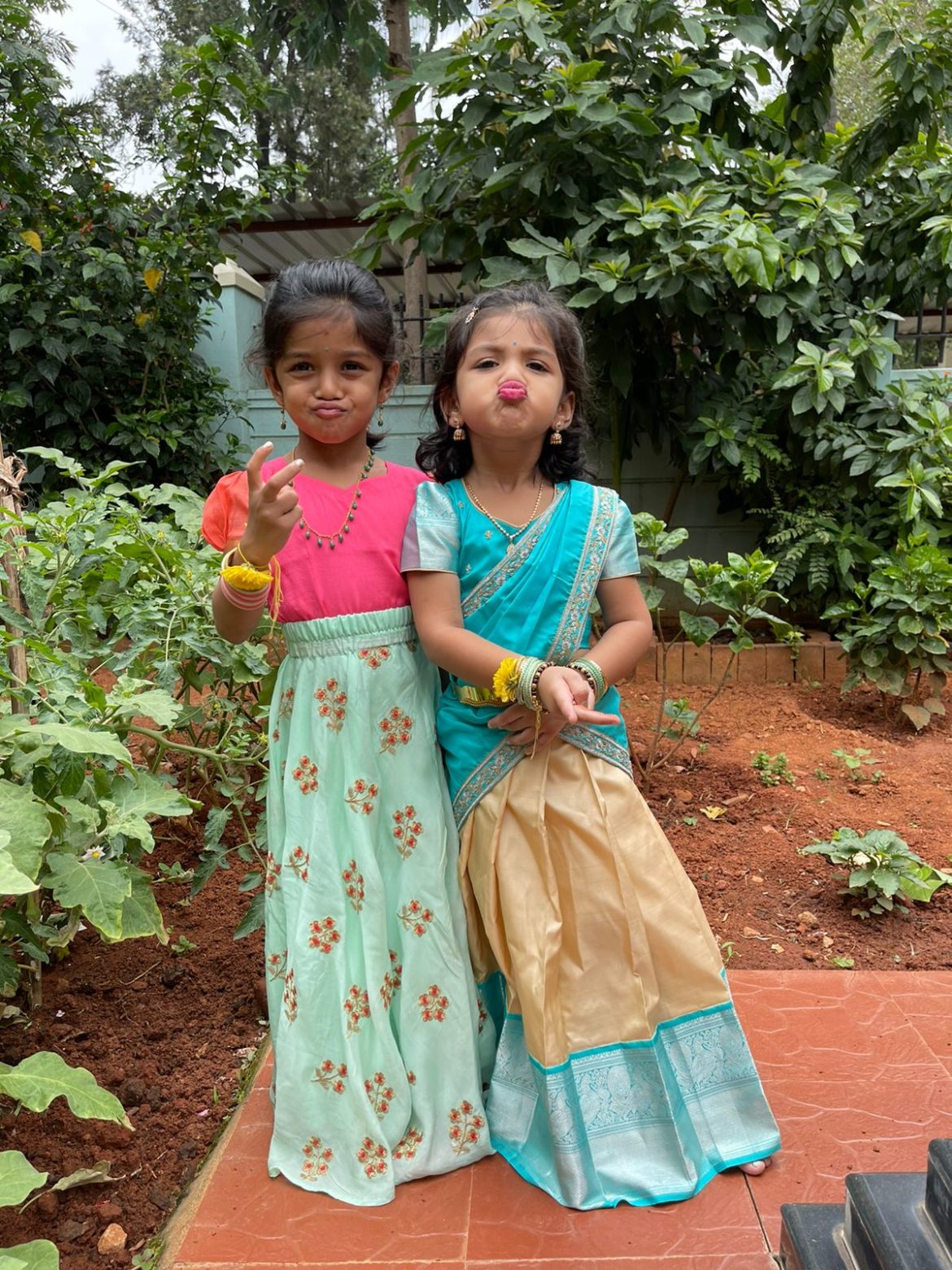Girls Worshipped as Durga but Rejected as Children
An adoring memory of the Dasara festival is that a north Indian family invited me along with my sisters Kanya Puja when I was a young girl. We were served with sumptuous lunch and given a Dakshina of a rupee or two. I still remember the way I flinched and dragged my feet back when the lady of the house touched my feet. At the age of ten, I was amused by this tradition, which made me feel important. Now, I ponder the logic behind the Pooja where people worship Durga in the form of girls and wonder!
When gender inequality prevailed globally, India revered women and declared that gods only live in places where women are respected. Also, the mother is perceived as superior to all gods and Gurus in Hindu scriptures. Sudhir Kakar writes at length about the intimate relationship between mothers and sons. The mother considers the child her saviour, for he brings her a status in her husband’s house. As an expression of gratitude, she showers tremendous love to her boy baby. In return, the son shares a similar bond with the mother (Kakar, 2011, p. 102). Kakar suspects whether the same bond existed between mothers and daughters. Girls in Indian society were rejected (Gupta, 2013, p. 102).
In ancient Indian scriptures, little information is available about bringing up children. One could know about childhood in Ramayana, Bhagavata, Mahabharata, Ramayana, and so on, which give a brief insight into the games they played, the got educated. One could also find stories of Bala Rama, the child Rama, Bala Ganapathi, Bala Muruga, Krishna Leela and many more. Although, there are corresponding female goddesses in Hindu scriptures like Sita, Parvathi, Shakti, Durga etc. Nowhere we find the female deities’ childhood for like Bala Sita, Bala Durga and so on. In Ramayana, Sita was seen playing with a flower ball, hurled under the Bow of Shiva. By then, she was an adolescent. Girls were expected to behave like grown-up women and nicknamed ‘Thaayi’, ‘Amma,’ ‘Ma’ (Mother) – which impeded their childhood and prematurely shouldered the family’s responsibility.
Let us celebrate Navaratri, reminding ourselves that girls are the incarnation of Durga. Along with the virtues of Durga, they are also children like Bala Krishna, Bala Rama, Bala Ganapati, who have the freedom to play and enjoy their childhood as much as boys.

